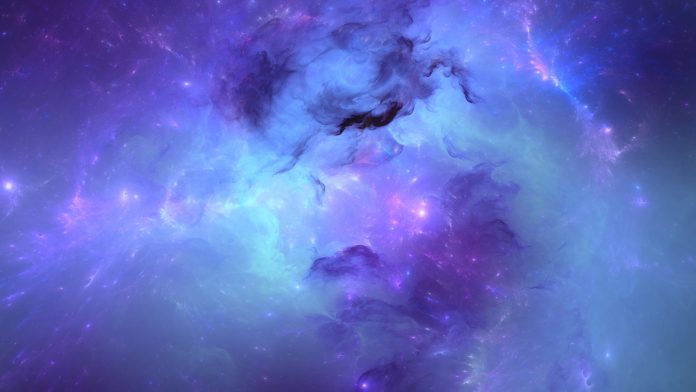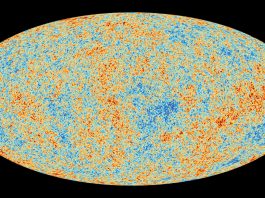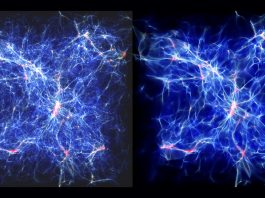Scientists from the University of Texas at Dallas, USA, have demonstrated the first use of self-calibration to remove contamination from gravitational lensing signals, paving the way for more accurate cosmological models of the Universe.
Astrophysicists measure light from distant galaxies to develop high-precision models of the history, evolution, and structure of the cosmos. The gravity from pockets of dark matter can disrupt the galactic light signals in a process called gravitational lensing.
In a paper published in The Astrophysical Journal Letters, astrophysicists from the University of Texas at Dallas discuss the first use of self-calibration to minimise gravitational lensing signals. The results should lead to more accurate cosmological models of the universe, said Dr Mustapha Ishak-Boushaki, professor of physics in the School of Natural Sciences and Mathematics and the corresponding author of the study.
Ishak-Boushaki said: “The self-calibration method is something others proposed about 10 years ago; many thought it was just a theoretical method and moved away from it. But I intuitively felt the promise. After eight years of persistent investigation maturing the method itself, and then the last two years applying it to the data, it bore fruit with important consequences for cosmological studies.”
The self-calibration method to remove contaminated signals was first proposed by Dr Pengjie Zhang, a professor of astronomy at Shanghai Jiao Tong University and a co-author of the current study. Ishak-Boushaki further developed the method and introduced it to the field of cosmological observations.
Ishak-Boushaki concluded: “Our work significantly increases the chances of success to measure the properties of dark energy in an accurate way, which will allow us to understand what is causing cosmic acceleration. Another impact will be to determine accurately whether Einstein’s general theory of relativity holds at very large scales in the universe. These are very important questions.”
The research was supported in part by the U.S. Department of Energy. The scientists also used the high-performance computing resources at the Texas Advanced Computing Center, an NSF-funded supercomputer centre hosted by UT Austin.









